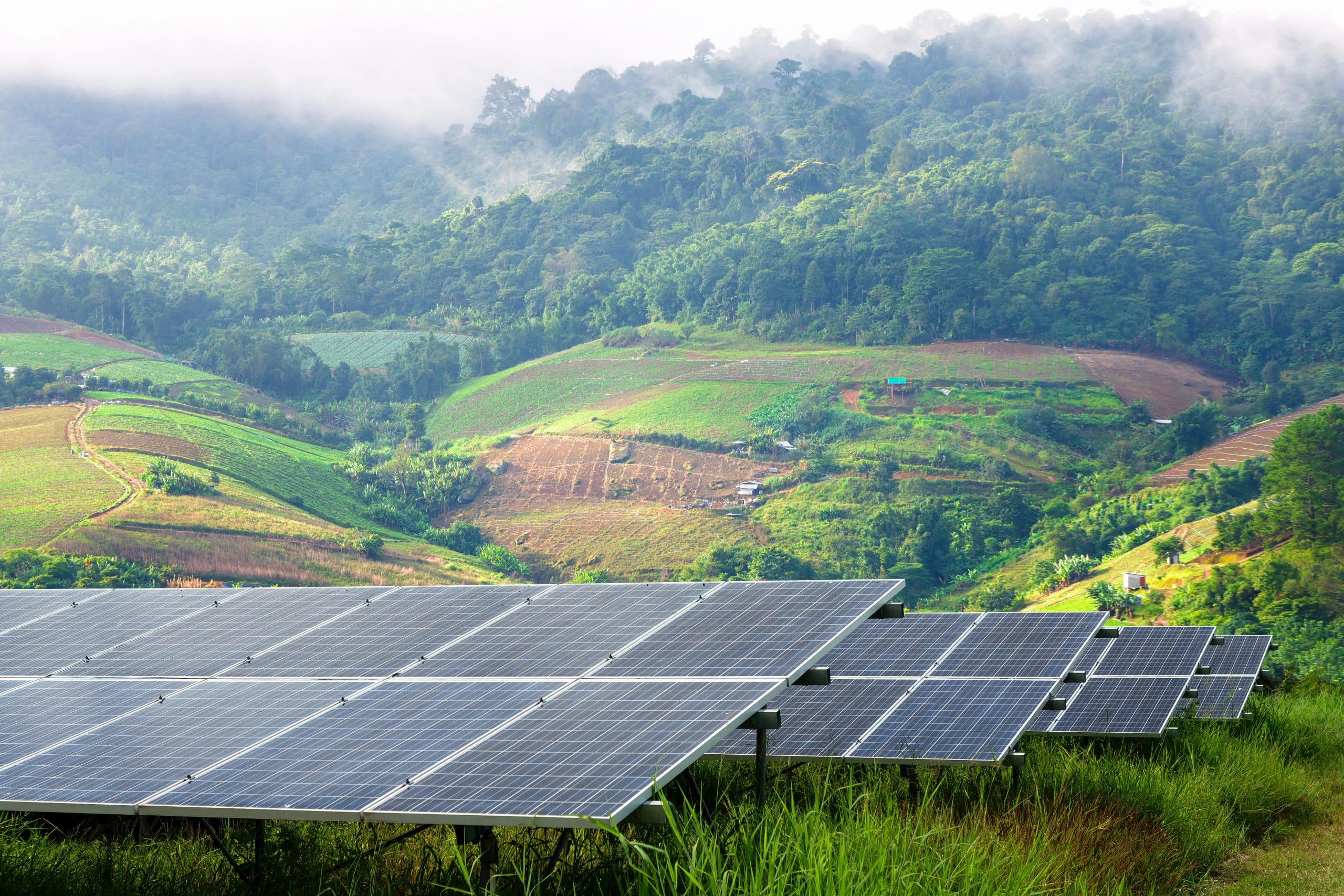U.S. Interior Issues Updated Roadmap for Solar Development in Western U.S.

The Bureau of Land Management on Jan. 17 issued a draft analysis of an update to its 2012 Western Solar Plan, which guides responsible solar energy development on public lands. The program currently includes six states — Arizona, California, Colorado, Nevada, New Mexico and Utah — with high solar potential and low resource conflicts to ensure responsible solar deployment and provide certainty to developers. The updated roadmap refines the analysis of the six states and adds five new states: Idaho, Montana, Oregon, Washington and Wyoming. The move follows a notice of intent issued in December 2022 to develop a programmatic environmental impact statement for the agency’s utility-scale solar energy planning.
The analysis evaluates six alternatives discussing the availability of different amounts of public lands for solar development applications under various criteria such as proximity to transmission infrastructure, designated critical habitat, or important ecological and cultural resources. The preferred alternative would open about 22 million acres for solar development, allowing sufficient flexibility to support the nation’s clean energy goals.
The bureau developed the update in collaboration with the U.S. Energy Department’s National Renewable Energy Laboratory to examine projections for national clean energy needs and found that about 700,000 acres of public lands would be required to achieve those goals. The Inflation Reduction Act enacted in August 2022 provided $4.3 million for the analysis. The planning process also seeks to consider updates stemming from technological advances that have emerged since the last programmatic solar development planning effort more than a decade ago.
More than 195 applications for solar and wind development are in the bureau’s preliminary review process, as well as 97 applications for site area testing. The bureau is currently processing 67 utility-scale clean energy projects proposed on public lands in the West, including solar, wind, and geothermal projects, as well as transmission lines that are crucial for projects proposed on non-federal land. Together, these projects have the potential to add over 37 gigawatts of renewable energy to the western grid.
The final programmatic environmental impact statement and record of decision will be informed by public input. Written comments on the draft analysis are due by April 18, 2024.
EnerKnol Pulses like this one are powered by the EnerKnol Platform—the first comprehensive database for real-time energy policy tracking. Sign up for a free trial below for access to key regulatory data and deep industry insights across the energy spectrum.
ACCESS FREE TRIAL